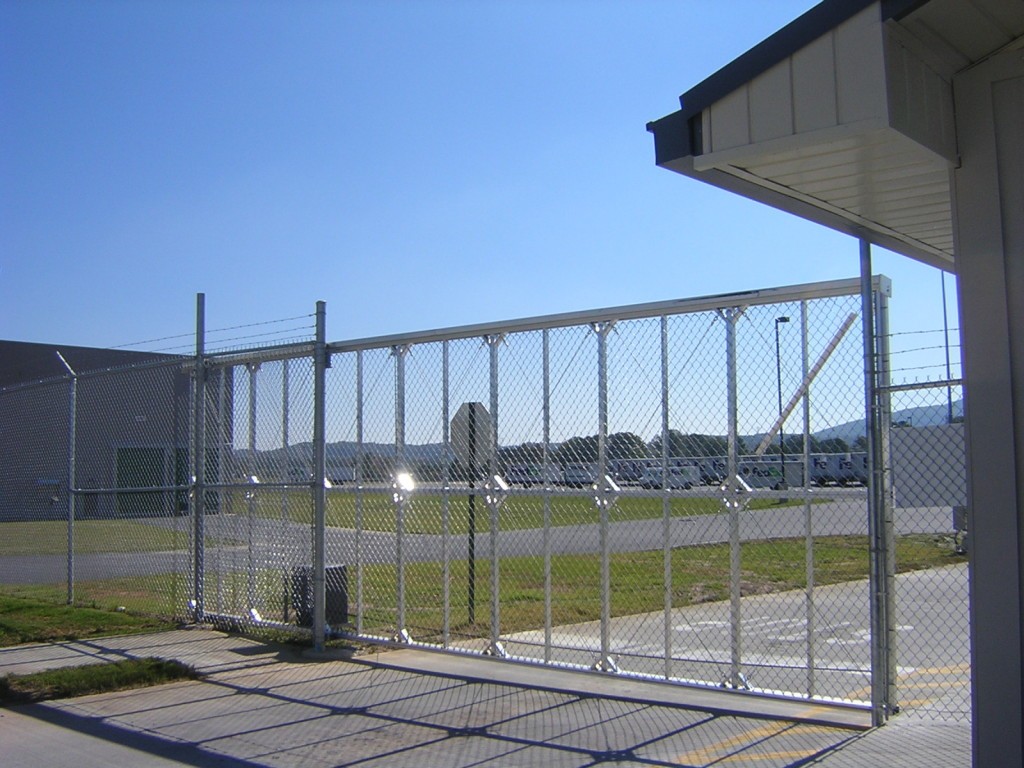In general, machining refers to the process of transforming a raw piece of material—such as a block of plastic or a sheet of metal—into a finished product through controlled material removal processes. CNC machining, short for Computer Numerical Control, relies on digital instructions derived from computer-aided design (CAD) or computer-aided manufacturing (CAM) files. These instructions guide the CNC machine, enabling it to execute tasks with precision and speed, reducing the need for human intervention. Basic CNC machines operate on the X, Y, and Z axes, while more advanced models can automatically flip parts, allowing for a complete transformation without manual assistance. CNC machines are highly versatile and can work with a wide range of materials. Among the most common are aluminum, brass, copper, steel, wood, foam, fiberglass, polypropylene, and various plastics. This adaptability makes CNC machining an ideal solution for diverse projects and industries. Operating a CNC machine doesn’t require extensive expertise once you’ve mastered the design aspect. After creating your design, the CNC machine handles the heavy lifting. Compared to traditional machining methods, which demand deep technical knowledge and constant attention, CNC machining offers several significant benefits: Let’s explore some of the most common types of CNC machines used in metalworking. Here are five of the most widely utilized CNC machines: Most metal fabrication shops and CNC machining professionals own both milling and lathe machines. Both CNC machines follow the principle of subtractive machining—starting with a block of raw material and shaping it into the desired form using CNC techniques. Despite their similarities, they differ in several ways. Understanding these distinctions can enhance your grasp of CNC capabilities, helping you optimize equipment usage and project efficiency. The primary distinction between lathes and milling machines lies in the interaction between the workpiece and the tool. In a lathe, the workpiece spins around its axis while the tool remains stationary. This process, known as "turning," is frequently used to create cylindrical parts. Other common operations performed on a lathe include drilling, threading, boring, and grooving. Conversely, a milling machine keeps the workpiece stationary while the tool rotates. This configuration provides greater flexibility when approaching the workpiece, enabling more intricate and complex designs. As you might have deduced from the descriptions above, milling machines shine when versatility is required. Their design allows for a wide range of cutting tools, making them ideal for intricate parts. On the other hand, lathe machines are better suited for cylindrical parts, excelling in the precise and consistent production of such shapes. Turning is perhaps the oldest machining operation and plays a crucial role in CNC machining, alongside milling. At its core, turning involves clamping a workpiece onto a rotating plate or mandrel. As the piece spins, a cutting tool mounted on a moving slide removes excess material. This technique is perfect for quickly removing large amounts of material. Additional components like lathes, drill bits, and others can be incorporated to achieve specific outcomes, such as smooth surfaces, concentric shapes, grooves, shoulders, and more. To understand milling, think of it as the opposite of turning. While turning moves the piece and holds the cutting tool stationary, milling keeps the piece fixed and rotates the cutting tool on a spindle. Workpieces are typically held horizontally in a vise and mounted on a table. Mills are mainly used to remove material from asymmetrical parts, but they can also drill holes and bores. They are the go-to choice for creating notches, chamfers, channels, profiles, and other precise cuts. Creating flat metal surfaces is a vital part of many custom CNC metalworks. Surface grinding is the most reliable method to achieve this. A CNC grinder operates similarly to traditional grinding, using a spinning disk covered in abrasive grit. The workpiece is mounted on a table that moves back and forth while the abrasive wheel spins above. This process allows for varying degrees of coarseness, producing different finishes. However, this method is not suitable for parts with large protrusions. Solid sink EDM is commonly used to create pressure die castings, though it is rarely applied to finished pieces. EDM, or Electrical Discharge Machining, is used to make holes, squares, pockets, and other shapes. It can also add texture to surfaces or carve recessed letters and logos. This process combines a conductive electrode shaped to match the desired feature with a dielectric fluid to remove metal particles from the workpiece. Despite its modern-sounding name, wire EDM has been in use for over 50 years. Describing this process, todaysmachinintgworld.com says, "Imagine a band saw, but instead of a saw blade, there is a thin wire, positioned vertically or at an angle, which you can cut in any x-y direction. This is wire EDM (Electric Discharge Machining), a process that can cut any electrically conductive material, hard or soft, including carbide or diamond." Wire EDM is often used in situations where traditional cutting tools fall short, such as making circular or semi-circular cuts. Cylindrical grinding combines the principles of surface grinding and lathe turning. Its main advantage lies in its ability to achieve precise and accurate tolerances with workpieces that have extremely smooth textures. In this process, the workpiece remains stationary while the cylindrical grinding wheel rotates against its surface. While this overview covers many aspects of CNC machining, it doesn’t capture everything. We’ll delve deeper into its capabilities in future posts. If you’re in the Saratoga Springs area and require custom CNC work, feel free to reach out! From laser cutting to robotic welding to CNC machining, we can handle nearly all your metal fabrication needs. Mud gas separator is commonly called a gas-buster or poor boy degasser. It captures and separates large volume of free gas within the drilling mud.For oil and gas well drilling, we usually set mud gas separator ahead of shale shakers. The drilling mud out of well bore will flow into degasser via the chock manifold. After degassed, fluid will flow out of degasser into shaker by pass or possum belly. Degasser will help get rid of large quantity invading gas. These is harmful and toxic gas may lead blow out. Mud Gas Separator,Oil Liquid Mud Gas Separator,Oil Drilling Mud Liquid Gas Separator,Mud Gas Separator Control Equipment Henan Youlong Petroleum Engineering Technology Co.,Ltd , https://www.youlongenergy.comWhat is CNC Machining?
What Types of Materials Can Be Used in a CNC Machine?
Advantages of CNC Machining Over Traditional Machining
Types of CNC Machines
CNC Milling Machines vs. CNC Lathe Machines
Operational Differences
Lathe Machine
Milling Machine
Application Differences
CNC Machining Techniques
Turning
Milling
Grinding
Solid Sink EDM
Wire EDM
Cylindrical Grinding
Need CNC Machining Help?


